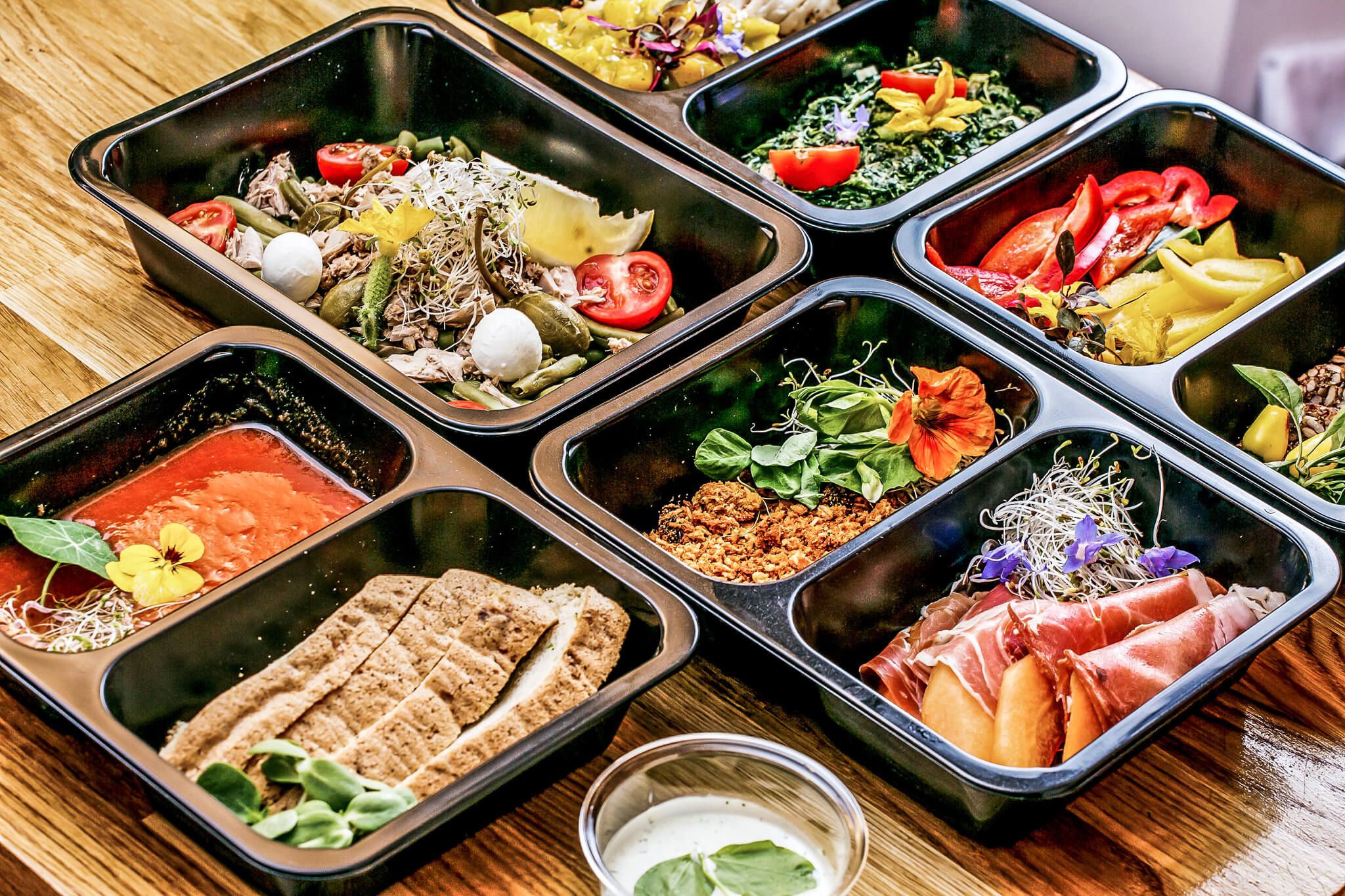As we enter the last quarter of 2020 rising rates of Covid-19 cases have caused an about face regarding the lifting of restrictions in many parts of the world. Schools have reopened and office workers had been encouraged to return to their desks, however in the UK the Prime Minister Boris Johnson once more advised people to work from home wherever possible. City centers across much of the world feel very different. They are strangely deserted without the usual ebb and flow of workers and the absence of tourists. The businesses offering food-to-go in these areas have been hit hard.
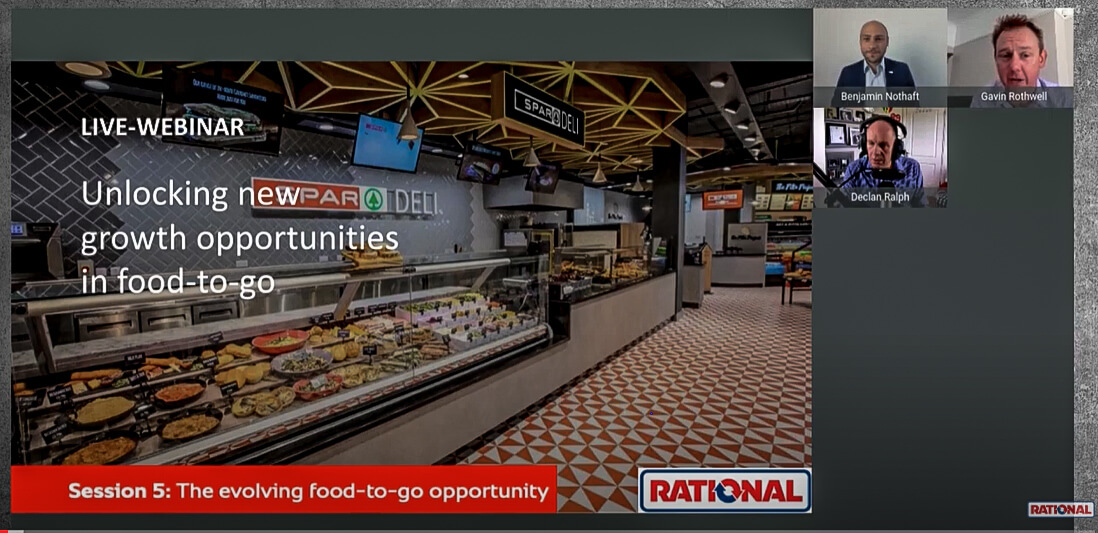
Image: Rational | Food-to-go Webinar
In the fifth session of a series of webinars from Rational, hosted by Gavin Rothwell from Food Futures Insights, focused on the future of food-to-go, the opportunities to diversify into different sectors of the takeaway food market are examined. Rothwell joined Benjamin Nothaft, international key account manager for retail at Rational, and Declan Ralph, retail development director of BWG Foods, the operator of SPAR in Ireland, to examine the key success factors in the current food-to-go sector and discuss further opportunities for retail outlets to expand their food-to-go offerings.
Looking at other business models
The re-tightening of restrictions and local lockdowns have created a landscape that makes it harder to trade. This has been bad news for outlets in central London and Ralph points out that the same is true in Dublin. A new initiative from Pret offering coffee subscriptions is based on the Netflix model. It will be interesting to see how this goes down. The tactic seems to be encouraging repeat visits. Another cheering sight is the collaborations being set up by retailers to increase their presence on the landscape. Rothwell cites the example of the partnership between WH Smith and Marks & Spencer (M&S) with the former offering space in its existing stores to the latter, thereby allowing M&S to move into more locations. EG Group (EuroGarages) and Asda is another collaboration to watch.
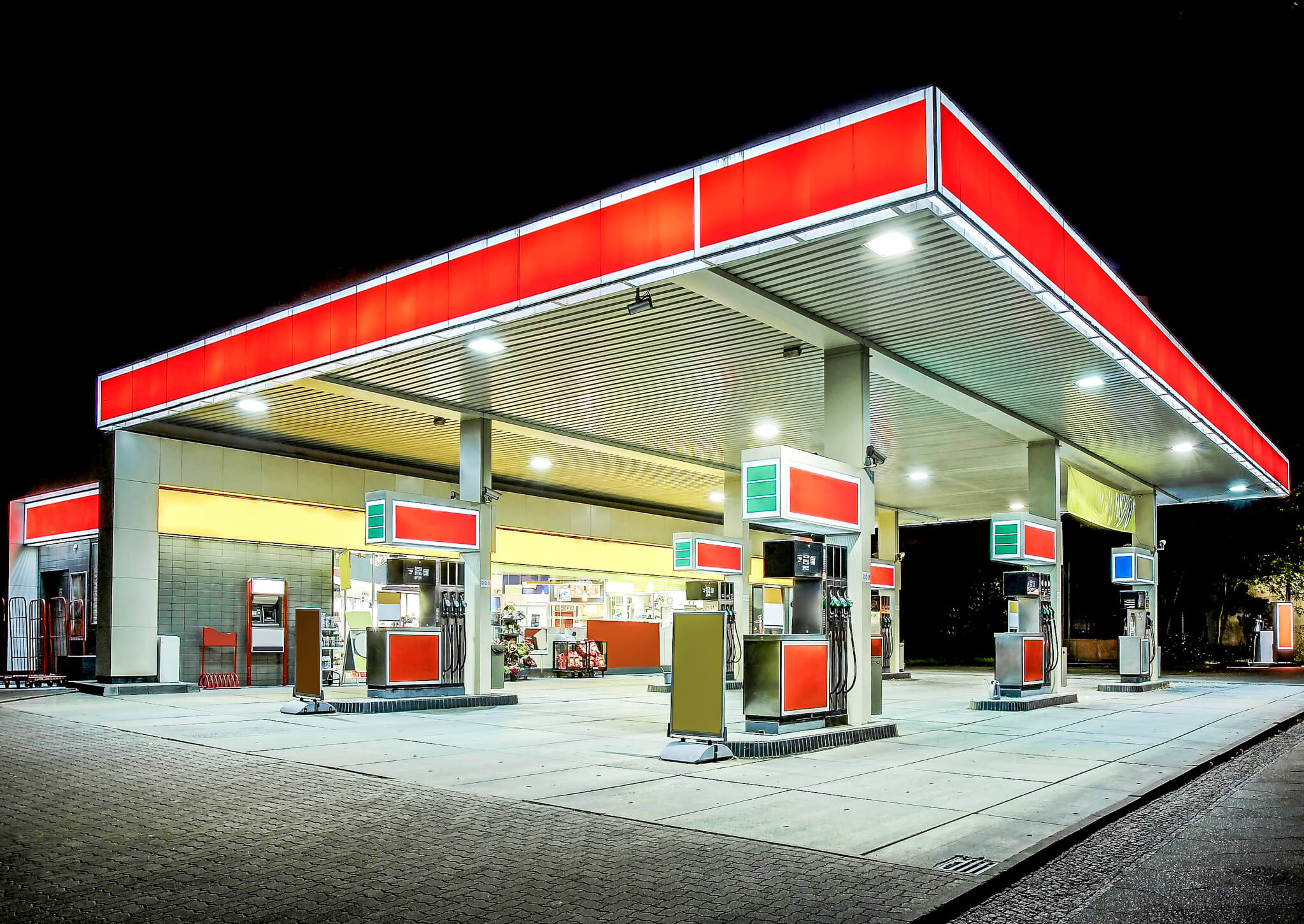
Image: AdobeStock | photowahn
At the time of the webinar, a three store trial of Asda on the Move forecourt shops had been announced. This has, post webinar, been followed up by the much more significant announcement that EG Group’s founders will acquire a majority stake in the Asda business. Nothaft sees some interesting things in that space with businesses thinking a bit differently about their approach to roadside service opportunities. Centra, part of the Musgrave Group, opened a drive-thru site in Northern Ireland, using its Frank and Honest gourmet coffee brand together with a range of daypart-relevant food-to-go solutions from the in-store deli counter.
Taking it in-store
Another aspect to see developments is in-store concessions. Rational has been working with Asda to bring pan-Asian street food operator Panku to its stores in and around central London. “We need flexibility in stores to match customer expectations,” says Nothaft.
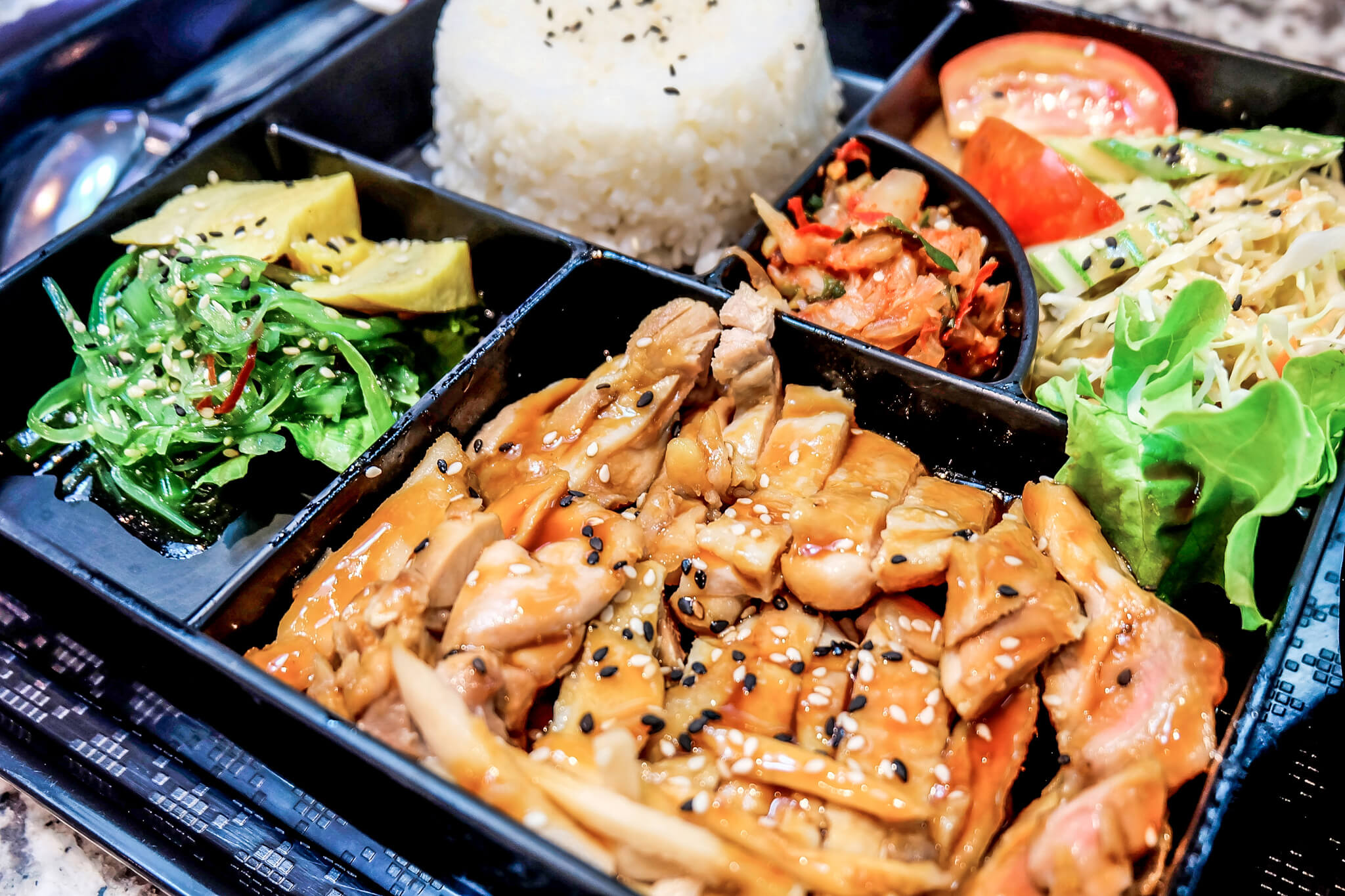
Image: AdobeStock | arayabandit
Rothwell is excited by the Market Kitchen concept in Morrisons, central Manchester. “Morrisons is thinking about where the market is going and bringing it all to life in a street-food style, food-to-go proposition. It will be interesting how it translates the concept to its supermarkets,” he says.
Going for growth
Across the Atlantic, Sweetgreen is continuing to expand. What is interesting is how it has developed its proposition to use technology in how customers both engage with the brand and order in store. Rothwell raves about how the food-to-go market in Ireland is seen as a key benchmark in European development. BWG Foods’ Ralph explains that pre-pandemic BWG identified four different types of SPAR stores across Ireland.
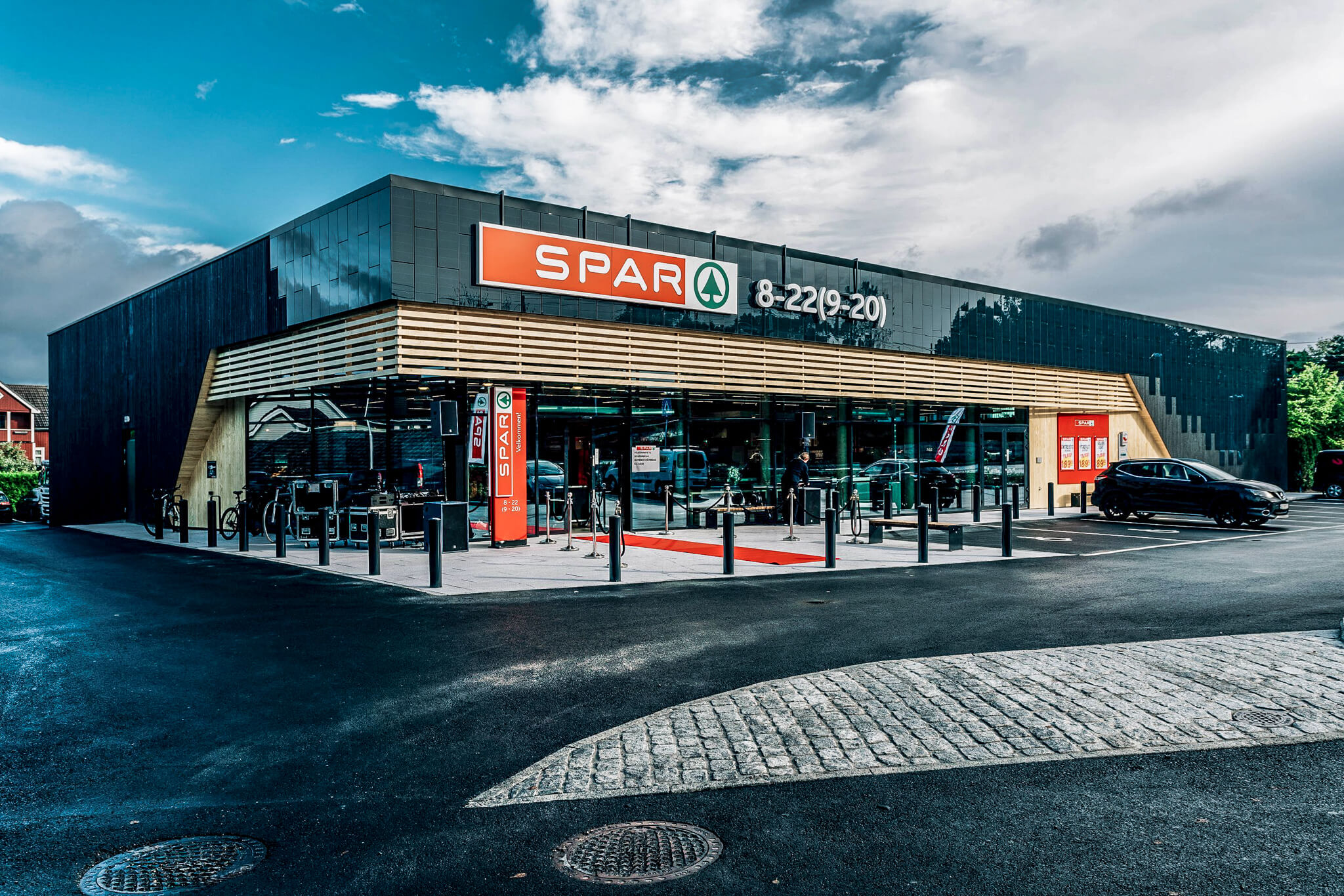
Image: Spar_Snarøya
These are Lifestyle – offering food and coffee-to-go for the customer on the move; SPAR Market – stores in rural settings or small neighborhoods; Everyday needs – a local store with a good offering across all departments and My usual – more about the high street where people buy a newspaper, coffee or lottery ticket. Food-to-go is a significant category across all four formats, but covid has affected each differently. “The most challenged is Lifestyle. These are the stores located in city centers, business parks, universities or airports,” says Ralph. “The best is SPAR Market. With people staying local the neighborhood stores fared well and continue to do so.” What Ralph did note was that when restrictions were lifted and footfall returned, so did the business. He says he has learned from this: “Not to panic, not to change the offer too much and watch out for opportunities. “BWG Foods encompasses much more than just SPAR. For example, there’s a strong foodservice wholesale side to the business. We’re looking to build on our relationships with hoteliers and café owners and get everybody working together to kickstart initiatives to bring back business to city centers.”
Building a unique approach to delivering value for money
“It’s important that customers see your brand as value for money as it attracts them to your store,” says Ralph. ‘Value is not all about low price.” Nothaft agrees: “Maybe rethink what value for money means, but never reduce the quality to get the customer into the store.”
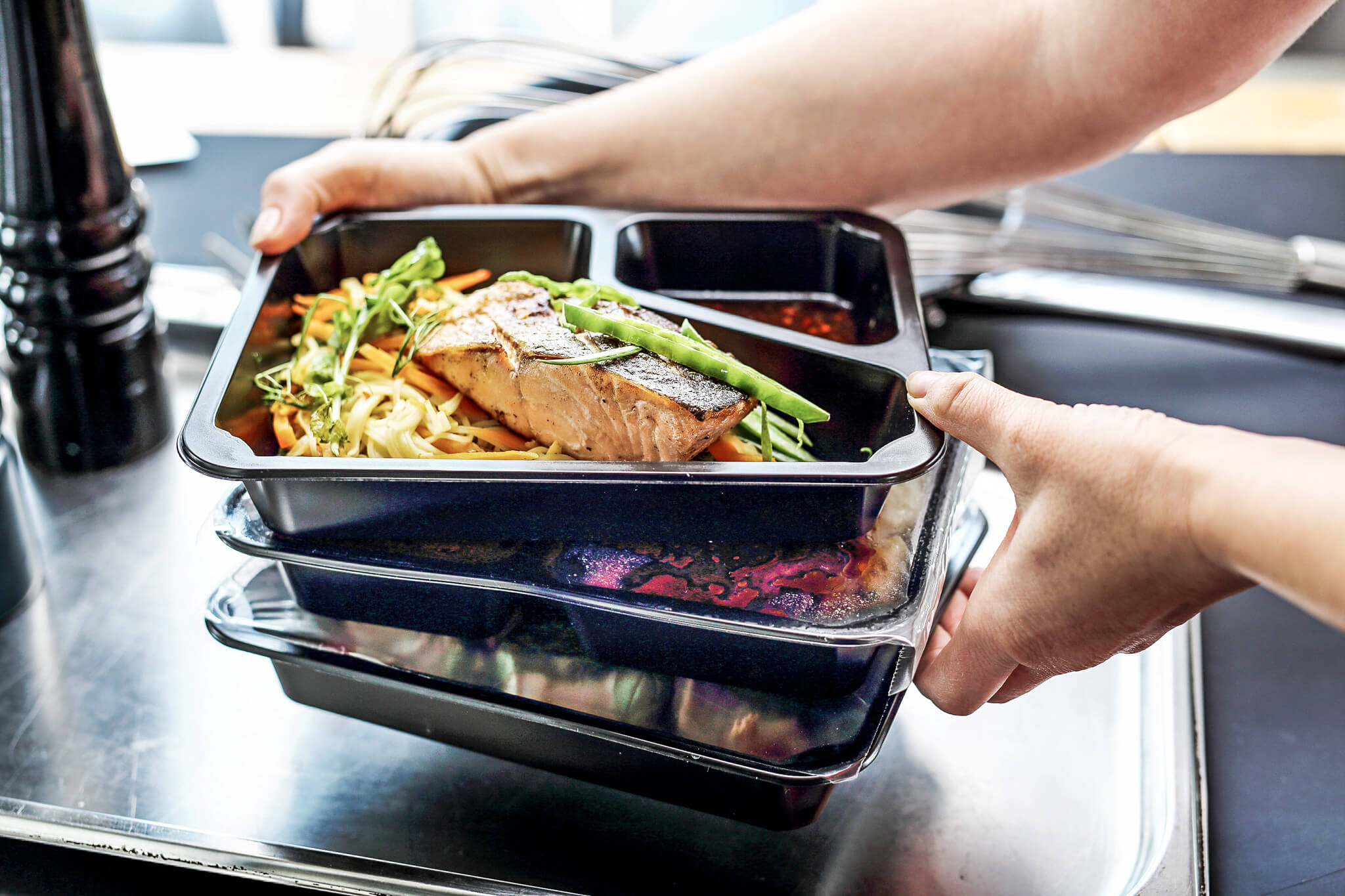
Image: AdobeStock | foodandcook
Strengthening differentiation to give destination status
“I have been talking to a petrol station chain in Austria,” says Nothaft. “It decided to use its 40 stations to offer a delivery service and it led to unexpected sales and a huge success.” “It’s part of our DNA to seek out opportunities for differentiation,” says Ralph. “Getting them to market and seeing how they perform is key.”
Upping the focus on health
Before Covid came along there was an increasing interest in healthy foods. People were more aware of health issues and diet and turning towards healthier lifestyles. Has this trend continued? “I have a sense that at the start of all this people gave up on health and worrying about the environment for a while,” says Ralph. “If you ask people if they want healthy food they say ‘of course’, but they don’t necessarily order it.” “If you just focus on fresh and healthy you won’t reach all your customers,” says Nothaft. “I see healthy eating increasing, but you need to find the right balance.”
Reviewing the potential of different locations
The neighbourhood SPAR stores are considering their food-to-go opportunity differently in the current climate, reflecting and acting on the different day part opportunities. Whereas previously people would pick up a ready meal on the way home from work, now they are often at home more, creating potential to offer breakfast or a lunch as a change from eating your home-made sandwiches. However, Ralph sounds a note of caution about going all out for total change. “We have to be careful not to fundamentally change the offer or layout of the store. Many things will come back to the way they were,” he says. As people have rediscovered the stores around where they live many have been pleasantly surprised.
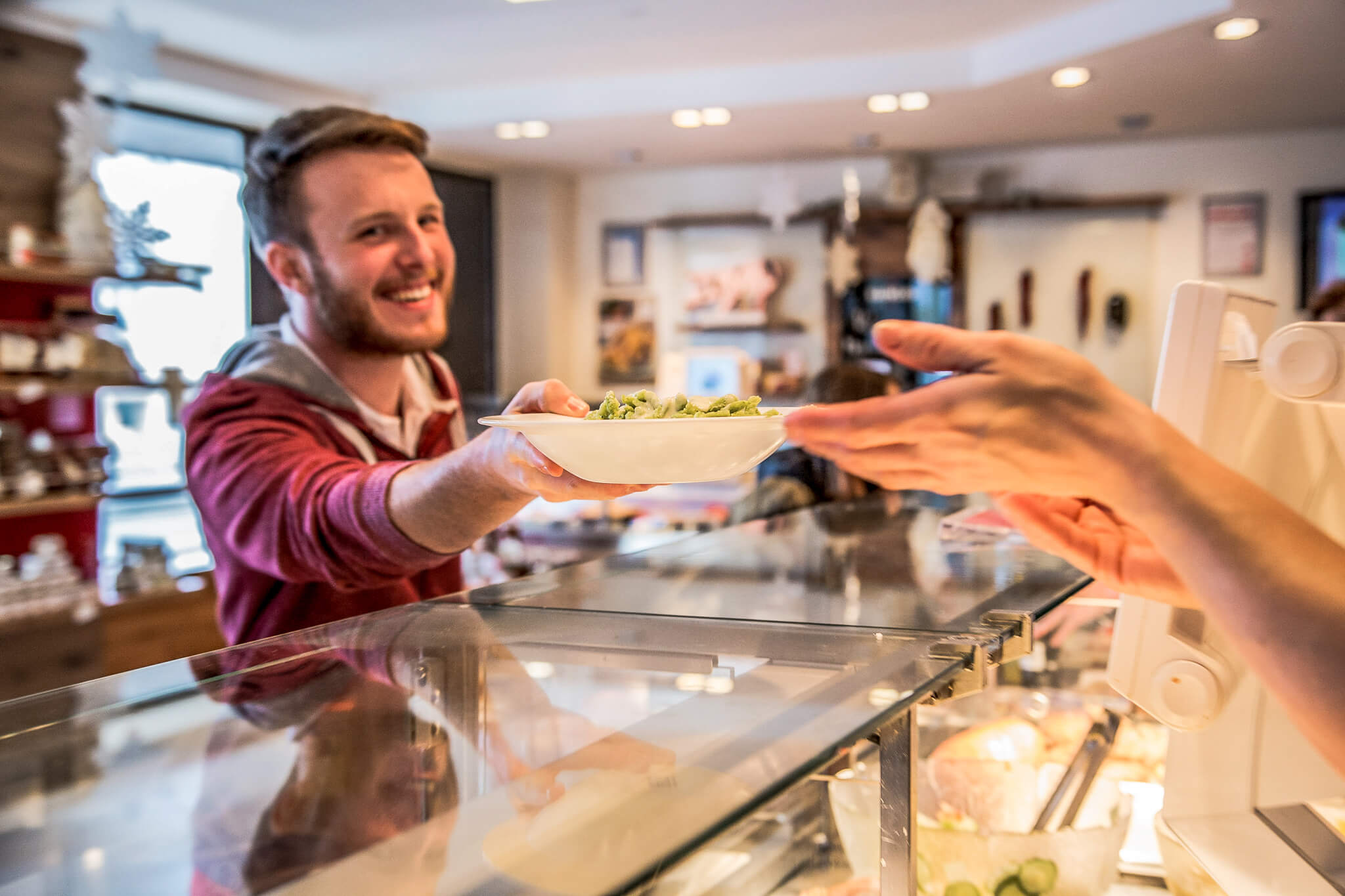
Image: Naumann Augsburg
Consider how technology and delivery can stretch and evolve the model
During periods of lockdown delivery, of meals and groceries, saw a massive rise in popularity. Is it a convenience we will give up?
“I don’t think it will stop, we just have to see if it will increase or balance out,” says Nothaft. “I have had some challenging discussions with retailers as they cannot deliver everything. Think about quality because reputation is important. You have to consider every format and if it would fit your brand.” “A few months ago we didn’t think of convenience stores linking up with Deliveroo or Just Eat, they were in the restaurant space. Now these delivery companies have looked to the retail sector as an opportunity,” says Ralph. “This is an instance where the short-to-medium-term gain can become long-term.” So the consensus is that food-to-go is remains a great opportunity, even in tough times. It can offer a relatively low-cost feel-good factor that few other sectors can rival. “Engaging with customers online and offline – if not actually selling to them through both channels – will become increasingly important,” says Rothwell. “It’s a great opportunity for the industry to push food-to-go forward.”


